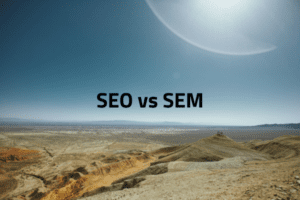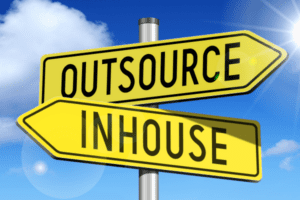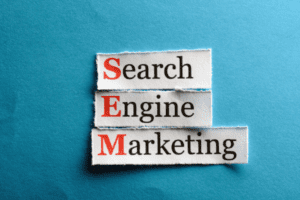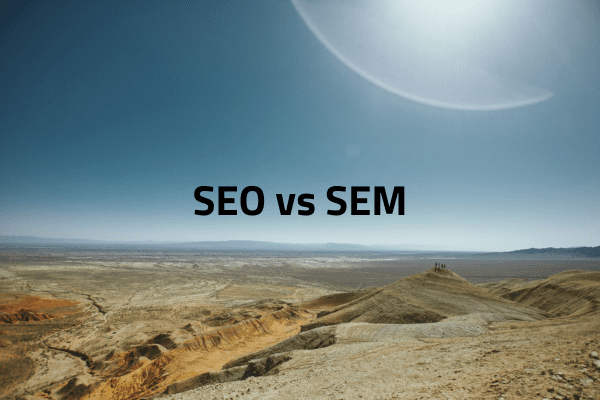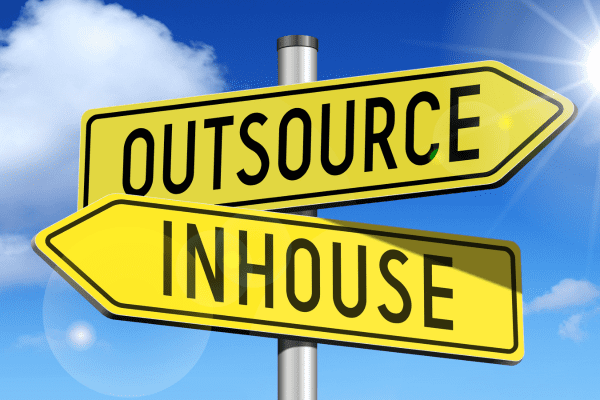An email blast is an email that has been submitted for sending one time but has numerous recipients. Most likely, the recipients are unable to see other people who have received the same email.
While the first email was sent in 1971 by Ray Tomlinson (to himself), it didn’t become widely popular until the mid-’90s with the AOL trend.
Immediately, emails gained popularity with marketing, as businesses and services realized how quickly and easily they could reach a potential customer. But of course with the innocent attempts at digital reach came scammers, and in turn, email providers had to add more strict inboxes to filter out the bad.
The Federal Trade Commission also had to intervene, and created the CAN-SPAM Act, which protected email recipients from receiving unsolicited emails and guaranteed their ability to easily opt-out.
This brings us to Rule #1 in the world of email marketing:
Your Recipients Need To Opt-In
Purchasing a list of email addresses or emailing anyone that has not specifically opted-in to receive your messages is not only highly frowned upon, it is also a way to LOSE customers.
The idea of email marketing is that it is a personal connection where your message comes through as one that is trusted; it can be opened, links can be clicked on, and the end-user wants to receive your messages. They know who you are, and they know you’re not an apparent Princess in another country that has an inheritance they oh-so-badly want to share if you could only just promptly reply and provide your bank account information for them to deposit into…
But I digress.
So how do you get people to opt-in? Well, that is up to your own email marketing strategy. But any way that you obtain an email address with a direct written expectation of what they will receive from you and a clear understanding of why they’re providing their email address is an opt-in. This can be a form filled out on your web site or in-store or by way of lead magnets, which we will get to later.
If a verbal opt-in was given (or even if it was written), it is considered a best practice to send an initial email to them to set the expectation of what they’ll be receiving and formally request the opt-in. For example: Thank you for providing your email address. I’d like to send you a monthly email that lets you know what is new at our business location. Click here to opt-in.
Now that we’ve discussed that major rule, let’s move on.
Lead Magnets
Today’s marketing trends have a favorite and most effective opt-in source: lead magnets. Since we, as a society, have become much more protective of our personal information (for good reason, rich foreign princess!), there needs to be value. In other words; we will give you this valuable offer if you provide your information, and ultimately opt-in to our future correspondence.
An offer should be downloadable, or otherwise gated so that it cannot be accessed without providing information. It can be anything from a booklet of the best cruise destinations to a flyer outlining the top ten ways to optimize your computer, to a digital tool they can use to calculate their mortgage – it all depends on your business type, as the offers should be relevant to your business, and to your prospects.
Segmentation
Not everyone that signs up for your emails are the same gender, or in the same location, or in the same industry. And they’re especially not all on the same stage in the buying cycle. One person may be a past customer, another may have no idea what your business even has to offer.
By segmenting your email lists, you’re able to send more relevant emails to each group, rather than a one-size-fits-all. Depending on the tool you are using to send the emails, or the CRM you are using to handle your customer email list, you’ll be able to categorize your recipients, and really target your buyer persona(s).


As one example of segmented lists, you can group people together based on their buying cycle stage. Your past customers can receive emails more targeted toward follow-up, encouraging them to return. While your prospective customers can receive informative emails that describe more about what you have to offer and provide valuable content that builds their trust with you.
Plan Your Campaign
Will you send out weekly update emails? Will you email newsletters each month? Don’t just wing it. Know exactly how you’ll be contacting your email list recipients and when.
Again, it’s also important for you to be transparent, and that your recipients have an understanding of how often they’ll be receiving emails as well – so, in order for them to be informed, you have to have a plan that you’re able to share to set those expectations.
Once you’ve built your email base, determined who they are and planned your campaign, you’re ready to start creating eye-catching emails to give you the best conversion rate possible. That, we will get to in Part Two!
In the meantime, if it’s overwhelming or time-consuming, there’s always help available! Hiring a reputable marketing team to fine-tune your email marketing efforts is not only cost-effective, but it saves you time and stress in the long run.




